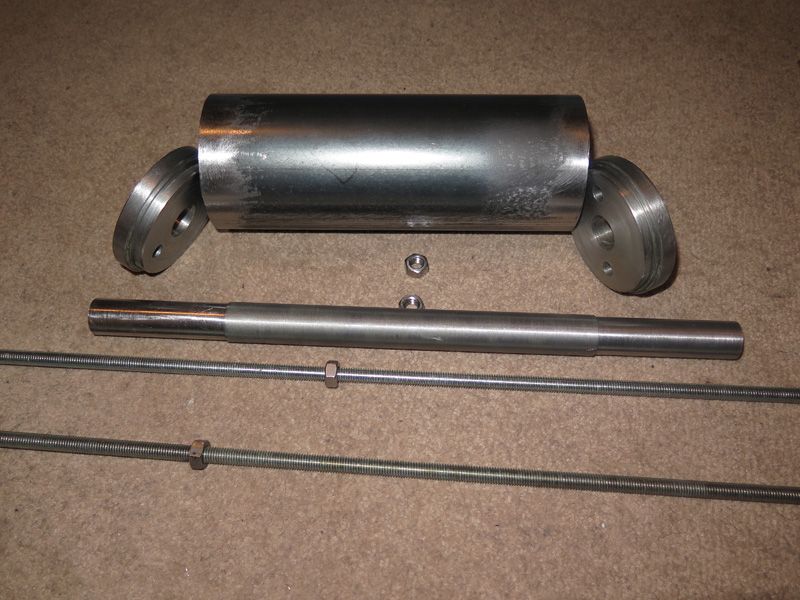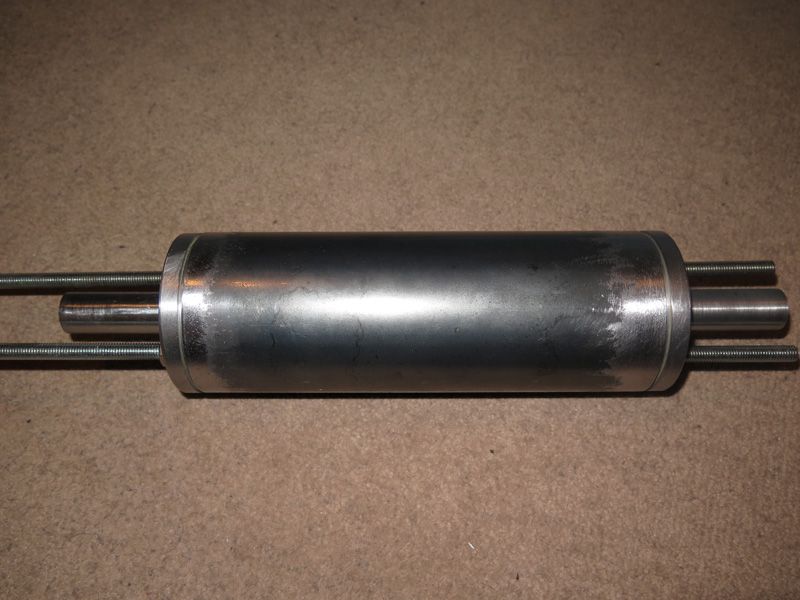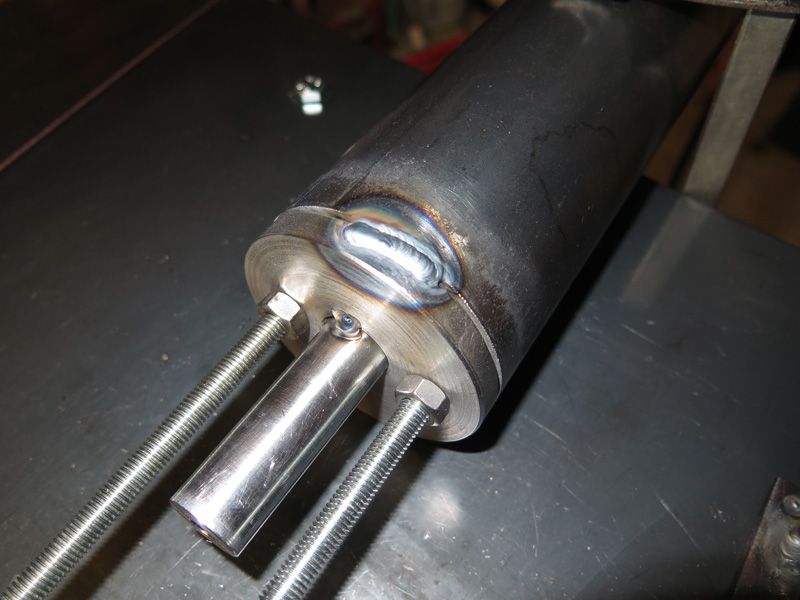Welding Help for Building a Printing Press
Welding Help for Building a Printing Press
- This topic has 21 replies, 17 voices, and was last updated 7 December 2015 at 10:47 by
Andy from Workshopshed.
Viewing 22 posts - 1 through 22 (of 22 total)
Viewing 22 posts - 1 through 22 (of 22 total)
- Please log in to reply to this topic. Registering is free and easy using the links on the menu at the top of this page.
Latest Replies
Viewing 25 topics - 1 through 25 (of 25 total)
-
- Topic
- Voices
- Last Post
Viewing 25 topics - 1 through 25 (of 25 total)
Latest Issue
Newsletter Sign-up
Latest Replies
- moving 150kg+ machines inside warehouse
- ELECTRICITY IN SPAIN & PORTUGAL
- Dodgy car parts a new low
- Lathe floor height?
- Selling an Expensive Item
- Identifier
- 24cc DIESEL ENGINE FROM SOLID
- Some help with a Cowells speed controller needed.
- Anyone know about wells and Victorian plumbing?
- Power hacksaw – powerful banging when running







